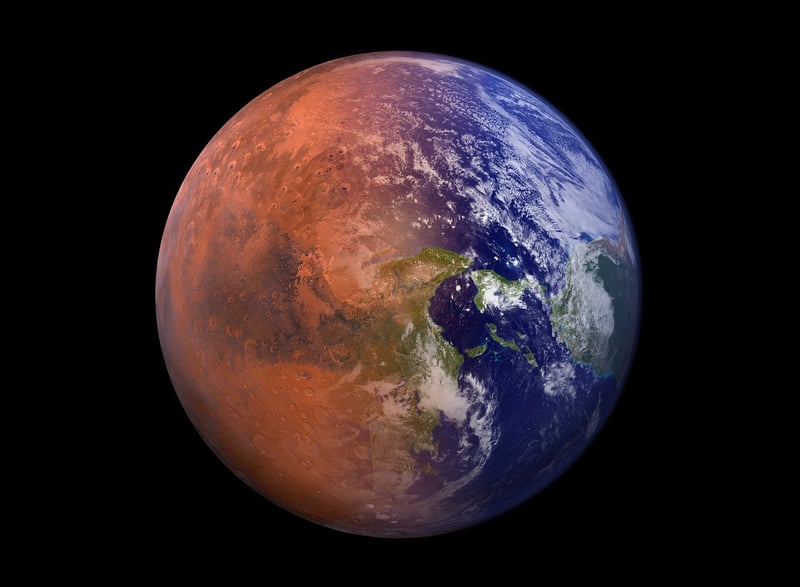Interstellar Travel
The Future of Interstellar Travel: Cutting-Edge Exploration Vehicles
Interstellar travel has long captured the imagination of scientists, engineers, and science fiction enthusiasts alike. The idea of traveling beyond our solar system to explore distant planets, stars, and galaxies is not just a dream but a potential reality. With advancements in technology and the development of cutting-edge exploration vehicles, the prospect of interstellar travel is becoming increasingly feasible.
Challenges of Interstellar Travel
Interstellar travel presents numerous challenges, including vast distances, cosmic radiation, propulsion systems, life support, and sustainability. Overcoming these obstacles requires innovative solutions and revolutionary technologies.
Cutting-Edge Exploration Vehicles
Exploration vehicles designed for interstellar travel are at the forefront of technological innovation. These spacecraft incorporate state-of-the-art propulsion systems, advanced shielding to protect against radiation, sustainable life support systems, and autonomous navigation capabilities.
1. Solar Sail Spacecraft

Solar sail spacecraft harness the power of sunlight to propel themselves through space. By deploying large reflective sails, these vehicles can capture photons from the sun and use them to generate momentum, allowing for continuous acceleration over long distances.
2. Fusion-Driven Starship

A fusion-driven starship utilizes nuclear fusion as a propulsion system, mimicking the energy production of stars. By fusing light atomic nuclei together, these spacecraft can achieve incredible speeds and efficient energy generation, enabling rapid interstellar travel.
3. Antimatter Propulsion Vehicle

Antimatter propulsion vehicles harness the energy released from matter-antimatter annihilation to achieve unparalleled thrust and velocity. While antimatter production and containment pose significant challenges, this technology holds immense potential for interstellar exploration.
The Future of Interstellar Travel
As research and development in interstellar travel continue to advance, the prospect of sending manned missions to nearby exoplanets and beyond is within reach. With cutting-edge exploration vehicles at our disposal, humanity stands on the brink of a new era of exploration and discovery in the vast expanse of space.
Exciting times lie ahead as we push the boundaries of what is possible and venture into the unknown depths of the cosmos.
